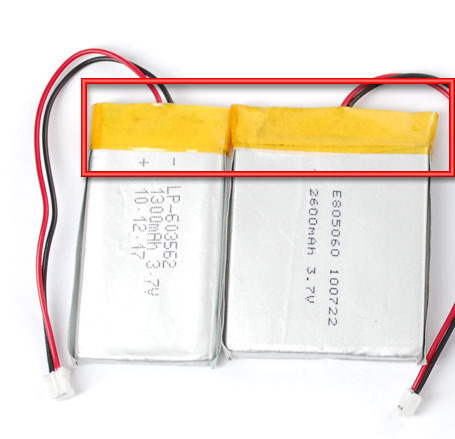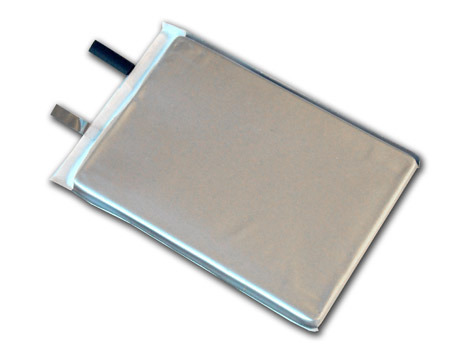PILE-ACCU-LIPO-ETC-Protection
Lithium ion/polymer batteries are extremely power dense. This makes them great for reducing size and weight of projects. However, they are not 'safe' batteries and require extra care. Charging or using the batteries incorrectly cause cause explosion or fire (as shown by this and many other youtube videos).
{{#Widget:Iframe
|url=http://www.youtube.com/embed/YCWdnjLqVWw
|width=420
|height=315
|border=0
}}
Ou accéder directement à la vidéo sur YouTube
There are five main things to watch for when charging and using batteries:
- Do not charge them above their maximum safe voltage (say 4.2V) - usually taken care of by any on-cell protection circuit
- Do not discharge them below their minimum safe voltage (say 3.0V) - usually taken care of by any on-cell protection circuit
- Do not draw more current than the battery can provide (say about 1-2C) - usually taken care of by any on-cell protection circuit
- Do not charge them with more current than the battery can take (say about 1C) - usually taken care of by any on-cell protection circuit but also set with the charger by adjusting the charge rate
- Do not charge the batteries above or below certain temperatures (usually about 0-50 degrees C) - sometimes handled by the charger, but often not an issue as long as the charge rate is reasonable.
For specifics on each battery you must look at the datasheet to know what the safe voltages, currents and temperatures are - they can vary from cell to cell.
For the first 3 items, a circuit board attached to the battery can monitor the battery voltage and the current going out. These are often referred to simply as protection circuits. They are very common on standard batteries but you must check the datasheet or product image to verify that a protection circuit is attached
On the batteries we sell, the protection circuit is soldered onto the battery and then taped into the little cavity at the top of the battery. This is very common for lipoly cells.
On the batteries we sell, the protection circuit is soldered onto the battery and then taped into the little cavity at the top of the battery. This is very common for lipoly cells.

Crédit: AdaFruit Industries www.adafruit.com
If you don't see any taped circuit board, the cell may be 'raw' - these raw cells are not protected!

Crédit: AdaFruit Industries www.adafruit.com
| Important Note! We suggest that you should never use lithium ion/polymer batteries without protection cells. Without the protection, a slight mistake in their use could destroy the battery and they have a much higher risk of exploding or catching on fire. |
Tutoriel Li-Ion & LiPoly Batteries créé par Lady Ada pour AdaFruit Industries.
Tutoriel traduit par Meurisse D. pour MCHobby.be
Traduit avec l'autorisation d'AdaFruit Industries - Translated with the permission from Adafruit Industries - www.adafruit.com
Toute référence, mention ou extrait de cette traduction doit être explicitement accompagné du texte suivant : « Traduction par MCHobby (www.MCHobby.be) - Vente de kit et composants » avec un lien vers la source (donc cette page) et ce quelque soit le média utilisé.
L'utilisation commercial de la traduction (texte) et/ou réalisation, même partielle, pourrait être soumis à redevance. Dans tous les cas de figures, vous devez également obtenir l'accord du(des) détenteur initial des droits. Celui de MC Hobby s'arrêtant au travail de traduction proprement dit.